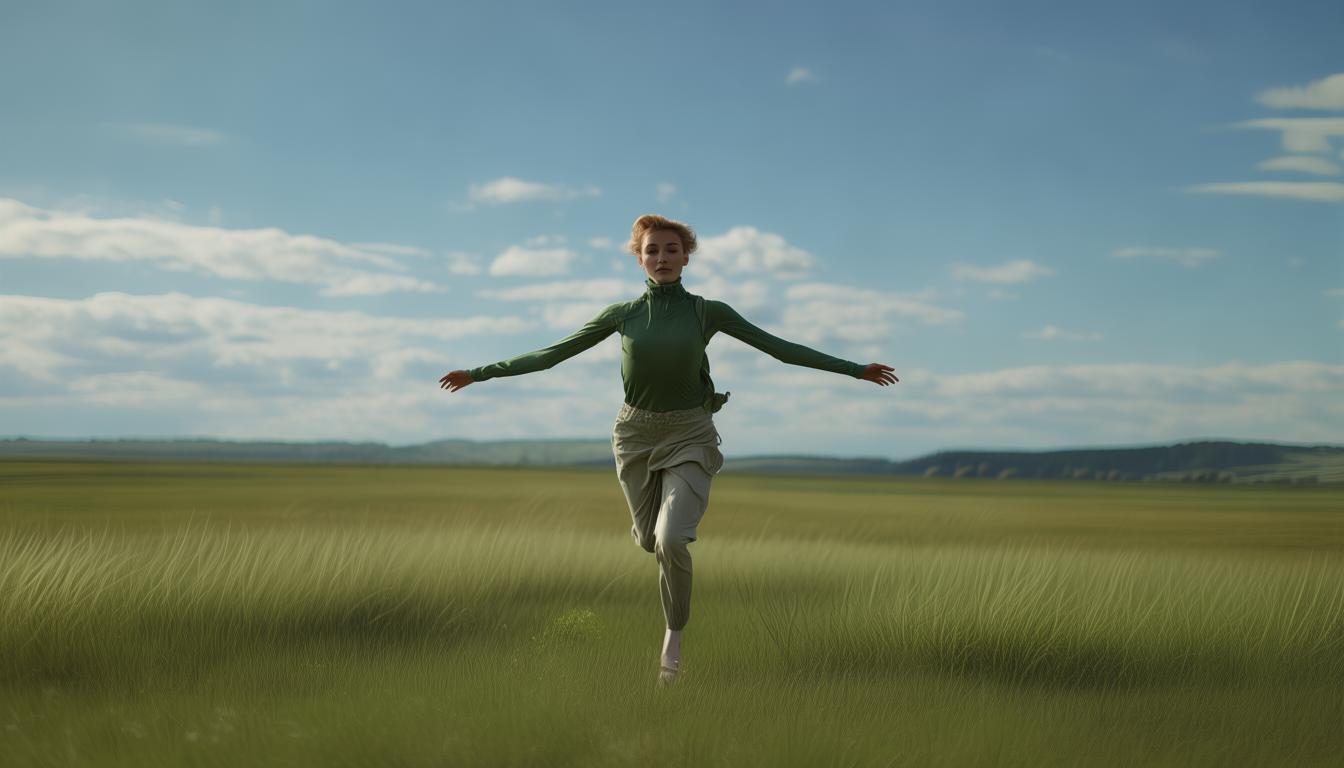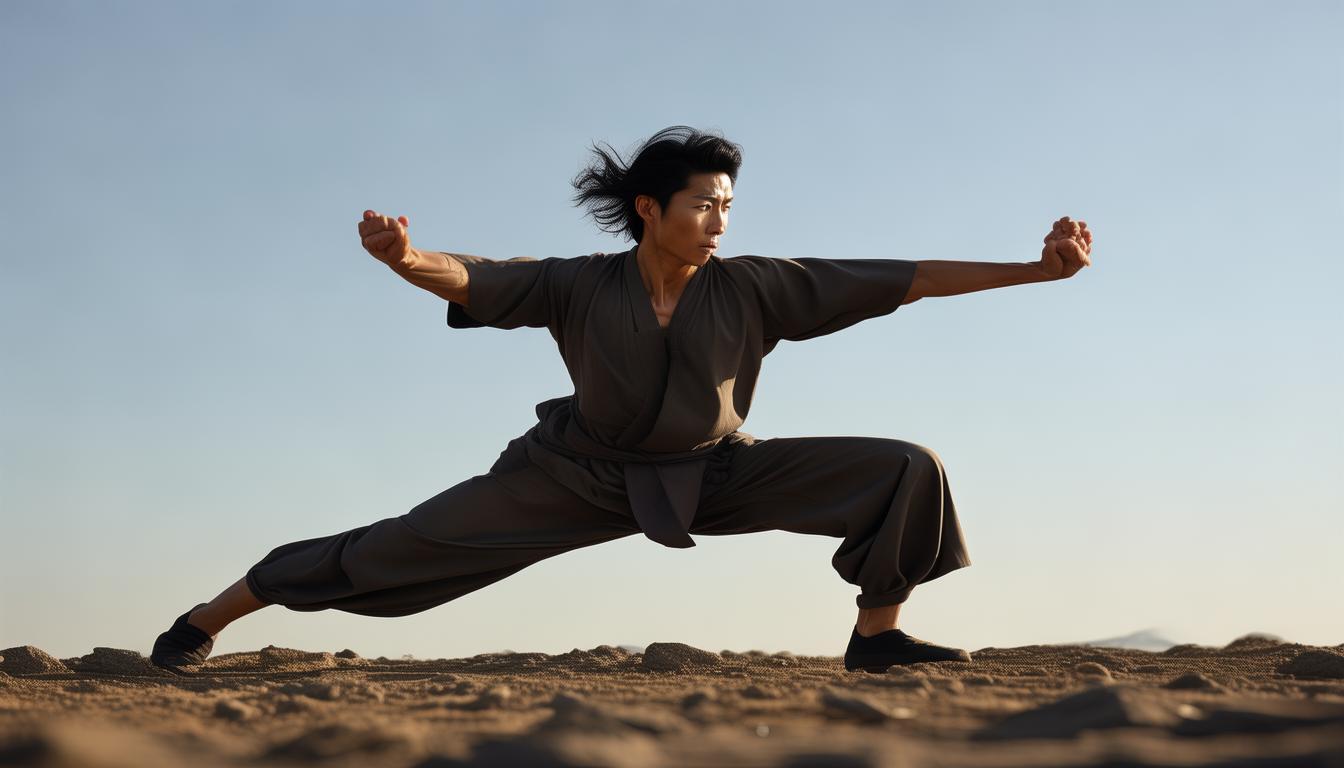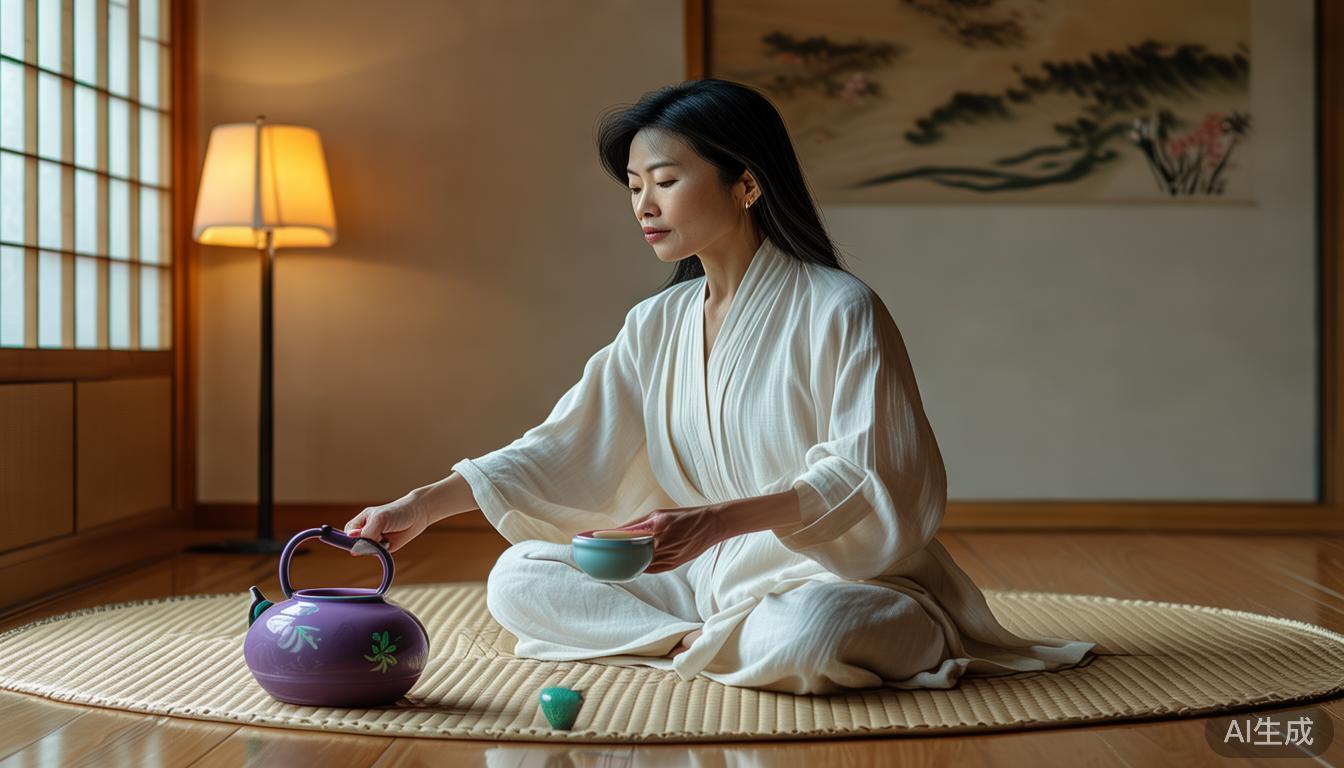The basic movements of Tai Chi are a very useful exercise method. They not only help strengthen physical fitness, but also help us find inner peace in the transformation of movement and stillness. Next, I will introduce to you all the aspects of basic Tai Chi exercises one by one.
Starting momentum and adjusting breathing
The beginning of Tai Chi is the starting point. When standing, your feet are shoulder-width and your arms are naturally hanging. At this time, you need to concentrate and abandon distracting thoughts. Bend your knees gently, and your body's center of gravity slowly sinks, while your arms stretch forward parallel. These seemingly simple movements are actually adjusting breathing, keeping breathing calm, and laying the foundation for the next exercise. This is like the overture of a music, melodious and quiet.
During this process, I often remind myself to keep my inner peace and put the trivial matters in life aside for the time being. At this moment, my body and mind seem to have reached a state of transcendence. Every breath makes me feel the harmonious unity of myself with my surroundings. Getting rid of the heavy workload, I found a tranquility and felt very comfortable in these short few minutes.
The left and right wild horses are divided into manes
After the starting point is completed, the left and right wild horses will start to divide the mane. First, exert force on the waist to drive the body to turn left. At this time, the left palm is pushed forward and the right palm is slid downward. Then, the body turns to the right Tai Chi For Health , stretches his right palm forward and moves his left palm backward. In this way, the conversion movements of one left and one right are like the ups and downs of waves.

When practicing this movement, I felt like I was walking in the vast grassland, following the running wild horses. The arms must be waving coherently and freely, and the movements must be gentle and soothing, and maintain a certain amount of strength. In daily life, practicing this move regularly will help flexible movement of shoulders, elbows, wrists and other joints, making the body more agile.
White crane wings
This method demonstrates the wonder of Tai Chi's transformation of virtual and real. His left foot slowly took out, and his right foot gently touched the ground. At the same time, his arms spread from top to bottom, like a crane flapping his wings and about to fly. The key to this move is to identify the virtual and the real. The main weight of the body is concentrated on the left foot, and the right foot is just a little bit lightly . The movements are both flexible and elegant.
Whenever I practice this part, I always imagine myself becoming a graceful white crane, leisurely and stretching freely. In addition, this movement is of great benefit to improving the sense of balance, especially as you get older, your balance ability will easily decline, so it is very beneficial to practice this movement more. As long as you practice several times a day, you can not only enhance your sense of balance, but also make people feel as if you are back in your youth and full of vitality.
Hug Knee Step
When practicing the knee-to-knee step, you need to pay attention to the waist to drive your shoulders, the shoulders guide your elbows, and the elbows to drive your hands. Take the forward lunge position, extending your hands forward from the side of your body. This movement requires high coordination of the body, and the pace and hand movements need to be closely coordinated.

In actual combat, this move can both effectively defend and launch attacks. When practicing, I often envision my opponent's attack and respond skillfully. This is not just an action, but a tactic. Through continuous practice of the knee-to-knee step, the strength of the legs is strengthened and the body is more stable, just like a towering tree rooted deeply on the ground, and it will not shake even if the wind blows.
Concentrate the spirit
Finally, it enters the final stage. Slowly lower your hands to both sides of your body, your feet aligned, and return to a normal standing position. After the previous exercise, the body and mind have been fully trained, and the momentum at this moment is to gradually return to calm.
When I finish, I immerse myself in the tranquility after the practice is over. I felt the blood flow accelerated, my breathing became smooth, as if I had experienced a journey of my soul and finally reached the end. Looking back on the entire practice process, every move seems to be a small part of life, and when the momentum comes, these fragments are condensed in my heart.
When practicing the basic Tai Chi movements, everyone may be thinking about which move is the hardest to learn? If you think this article is helpful to you, please do not forget to like and forward it.





